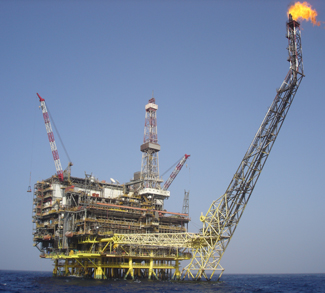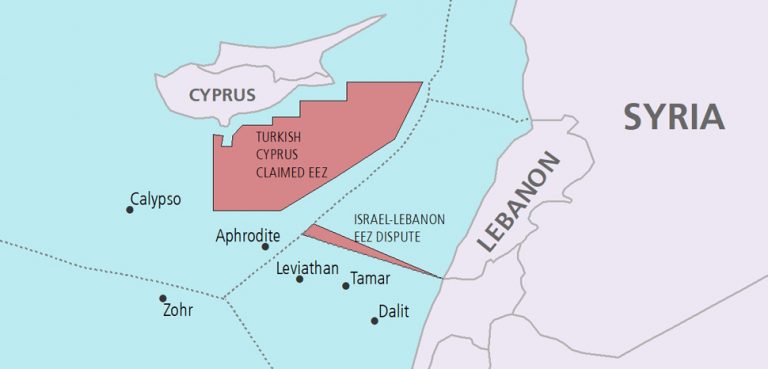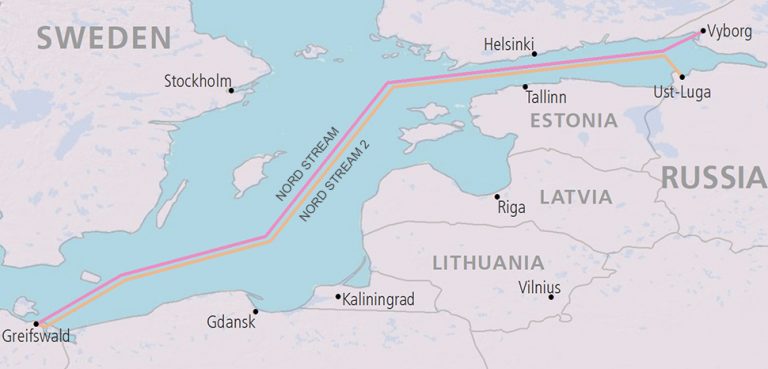Summary
Dubai recently announced its partnership with China in the creation of a billion dollar investment fund. Saudi Arabia recently announced its commitment to double oil exports to China by 2010. These two announcements exemplify China’s Middle East energy strategy: to entrench itself economically in the region, even at a loss, so as to obtain the political leverage required to secure access to oil and gas.
Analysis
The mandate of the newly created China Dubai Capital fund (CDCF) is to target high-potential investment opportunities in China, which will then be listed on Dubai’s International Financial Exchange. The creation of the CDCF follows on the heels of a trade agreement signed last year, which smoothed the way for a major increase in UAE – China bilateral trade. Yet, the benefit to China of funds like the CDCF, or of free trade pacts with diminutive Gulf countries such as the UAE has little to do with opening up new markets, or even attracting foreign investment into China. China is already awash in foreign investment, and has a domestic market that is nearly a thousand times as large as all the Gulf States combined. Rather, China has been dangling economic carrots so as to curry political favour with any and all Middle East countries that sit on or can influence the flow of oil and gas to China.
That the CEO of Saudi Aramco, the national oil company of Saudi Arabia, announced three weeks ago its intent to double exports of crude oil to China over the next two years demonstrates the success of China’s assiduous Middle East courtship strategy. Indeed, China has focussed heavily on Saudi Arabia since 1999, when then President Jiang Zemin signed a strategic oil partnership with the Saudis. Since then, China has opened its downstream market (refining industry) to Saudi companies, invested heavily in Saudi natural gas fields, and purveyed Chinese military technology for Saudi purchase.
Besides Saudi Arabia and the Gulf States, China has also diligently and successfully courted Iran. In 2004, China’s Sinopec (a state oil company) paid 70 billion dollars for a 51 percent stake in Iran’s Yadavaran oil field, which is expected to produce 300,000 barrels of oil per day. Other agreements provide for 250 million tons of natural gas flow from Iran to China over the next three decades. Meanwhile, Chinese firms are helping to develop Tehran’s subway system, its fibre optics network, and its automobile industry.
China’s nascent but bold foray into transcontinental diplomacy to secure its energy supply has a name, coined in 2002 by Chinese President Hu Jintao: zou chu qu or “going out”. The need for such a policy results from the rapid development of a China’s industrial complex and its car-driving middle class. Today, China is already the third largest importer of oil, after the United States and Japan. Conservative projections foresee a rise in Chinese oil consumption from the now eight percent of annual global output, to near fifteen percent in the next decade. (Currently the US consumes 19 million barrels per day, which is 25 percent of global output.) Since China’s oil reserves will remain static at three million barrels per day, China’s strategic impetus to secure Middle East oil and gas is difficult to overstate.
Ian Speigel is a contributor to Geopoliticalmonitor.com



